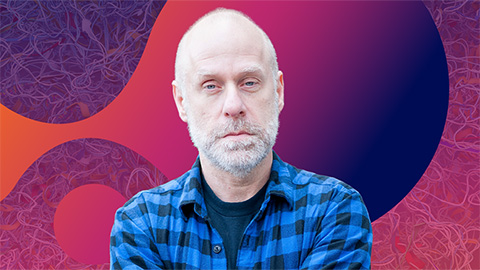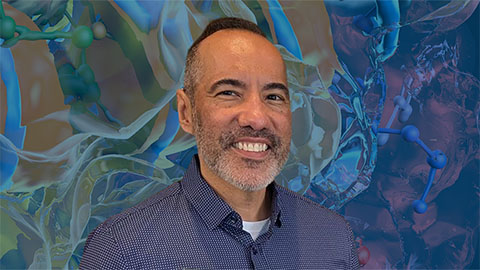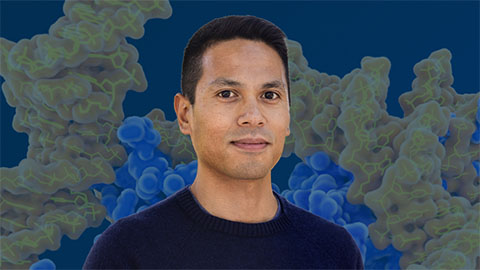In memoriam: Jan van Eys
Jan van Eys, a physician–scientist who pioneered the use of chemotherapy as a primary intervention for pediatric brain tumors, died Sept. 24 at the age of 93. He joined the American Society for Biochemistry and Molecular Biology in 1960 and was a member for more than 60 years.

Born January 25, 1929 in the Netherlands, van Eys immigrated to the United States in 1951 after living through World War II and German occupation. In an interview with the University Club of Nashville in 2018, he said he came to the U.S. because he was “young, adventuresome and rebellious” and wanted to pursue a Ph.D. in biochemistry at Vanderbilt University, which he earned in 1955. He also completed his postdoctoral training at Vanderbilt while researching enzymology and metabolic regulation. He went on to earn an M.D. from the University of Washington in 1966.
As a physician–scientist at Vanderbilt, van Eys established a pediatric hemophilia and hematology specialty and completed foundational research on pyruvate kinase deficiency and hemophilia. In 1973, he moved to the University of Texas M.D. Anderson Cancer Center and became the chair of pediatrics, making substantial contributions to the field of pediatric oncology. After retiring in 1994, he continued to teach ethics courses to medical and graduate students.
van Eys was a member of the institutional review boards at Vanderbilt University and Centerstone, a national health system that provides mental health and substance use disorder treatments. He was also a member of the board of the Tennessee Hemophilia and Bleeding Disorder Foundation and the board of the National Hemophilia Foundation.
He is survived by his partner, Judith Hodges; daughter, Dickey Catherine van Eys Fuchs; son, Jan Peter van Eys, and his wife, Patti; three grandsons; and two great-granddaughters.
Enjoy reading ASBMB Today?
Become a member to receive the print edition four times a year and the digital edition monthly.
Learn moreGet the latest from ASBMB Today
Enter your email address, and we’ll send you a weekly email with recent articles, interviews and more.
Latest in People
People highlights or most popular articles

Mapping proteins, one side chain at a time
Roland Dunbrack Jr. will receive the ASBMB DeLano Award for Computational Biosciences at the ASBMB Annual Meeting, March 7–10, just outside of Washington, D.C.

2026 voter guide
Learn about the candidates running for Treasurer-elect, Councilor and Nominating Committee.

Meet the editor-in-chief of ASBMB’s new journal, IBMB
Benjamin Garcia will head ASBMB’s new journal, Insights in Biochemistry and Molecular Biology, which will launch in early 2026.

Exploring the link between lipids and longevity
Meng Wang will present her work on metabolism and aging at the ASBMB Annual Meeting, March 7-10, just outside of Washington, D.C.

Defining a ‘crucial gatekeeper’ of lipid metabolism
George Carman receives the Herbert Tabor Research Award at the ASBMB Annual Meeting, March 7–10, just outside of Washington, D.C.

Nuñez receives Vallee Scholar Award
He will receive $400,000 to support his research.
